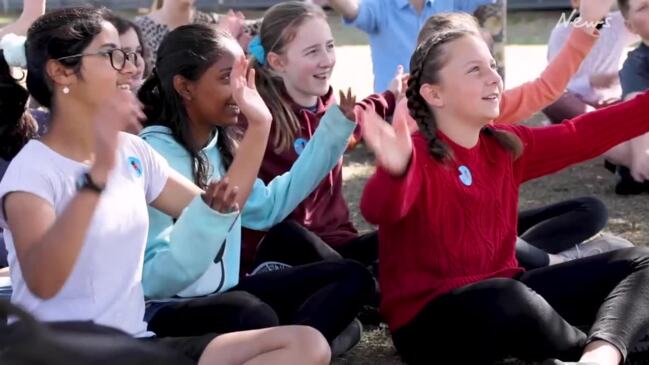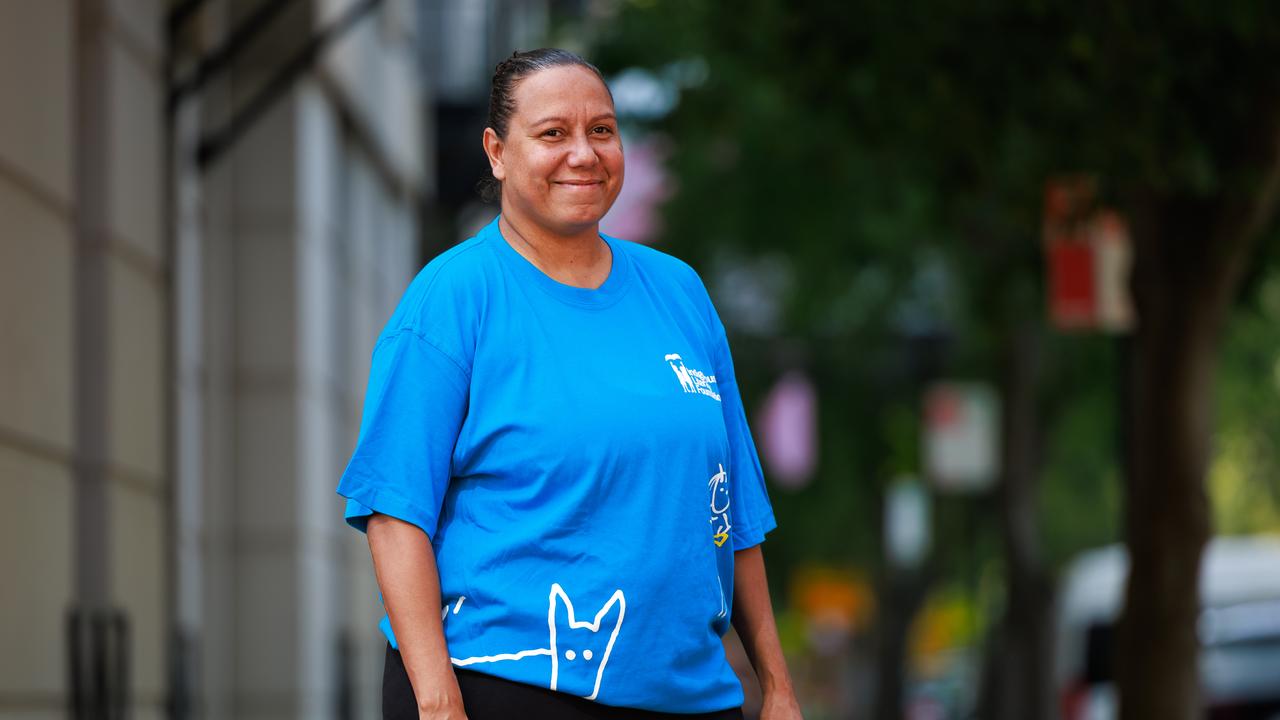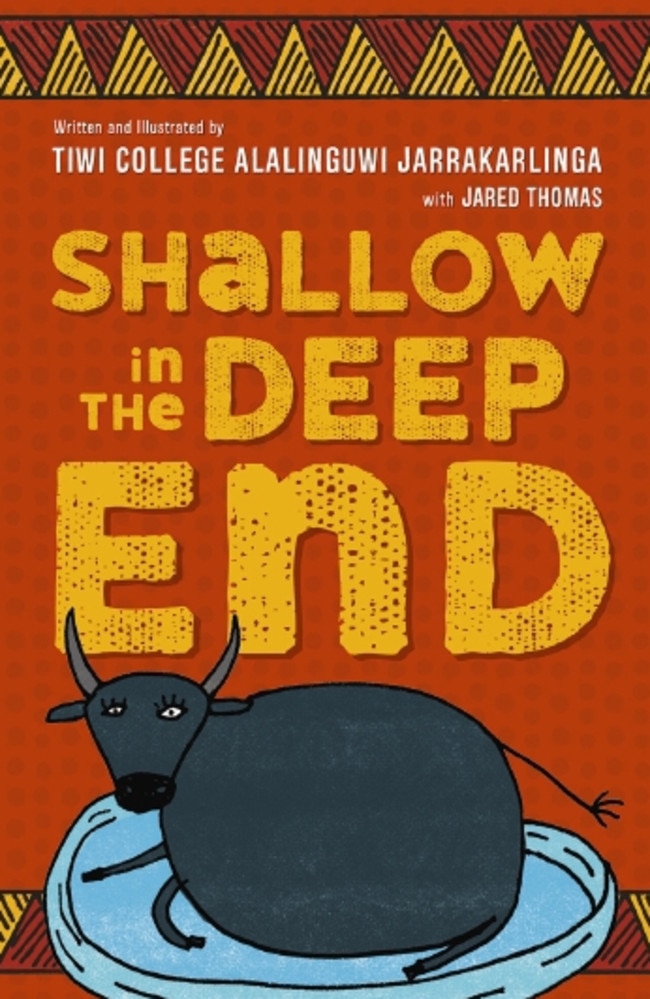Books open a new chapter of Indigenous language for high school students
Former Tiwi Islands teacher Tictac Moore is working with Australian school students to create and publish books to preserve our nation’s many Indigenous languages.

Working to preserve the many Indigenous languages in Australia evolved from a classroom project to a professional mission for Tictac Moore.
A decade ago, Ms Moore was teaching at Tiwi College – a unique school catering to Indigenous students in the Tiwi Islands off the northern coast of Australia – when visitors from the Indigenous Literacy Foundation offered to publish a book she was working on with students.
Written in English and the traditional Tiwi language, the children’s book about an owl called Bangs who rose above his bullies and learnt to be brave, became the first of many in ILF’s Create Initiative Program.
Ms Moore, who after nine years of teaching at Tiwi College became the ILF Programs Manager, now works with high school students to give them the same opportunity to write a book using Indigenous language and relatable stories in a week and have it published by a major Australian agency.

With 150 Aboriginal and Torres Strait Islander languages still spoken in Australia but only 14 languages considered strong, according to the National Indigenous Australians Agency, it’s a labour of love for Ms Moore.
“We’ve brought students to Melbourne, to Darwin and Sydney where they write, illustrate and publish a book in five days,” Ms Moore said.
“Last year we ventured out and ran our first remote program, so we went up to Wujal Wujal Community in Far North Queensland.
“They were hit with floods last year. We were there just before that and spoke with some elders who have some stories that they want to tell.
“This year, we’ve just locked in a school up in the Torres Strait Islands to come down to Sydney, so they can write a book and have it published.”

Backed by the Australian Book Industry and ILF ambassadors, the program is one of many ways the ILF works in more than 400 communities around Australia and has published more than 100 titles in 31 Indigenous languages through its various programs.
“It’s important that we try to do everything we can to keep language strong and do what we can to help the communities,” Ms Moore said.
“We’ve got a lot of books that are translated into language, and that’s from communities who say we want this book in that language, and also with the community projects that we do.”
More Coverage
Originally published as Books open a new chapter of Indigenous language for high school students




